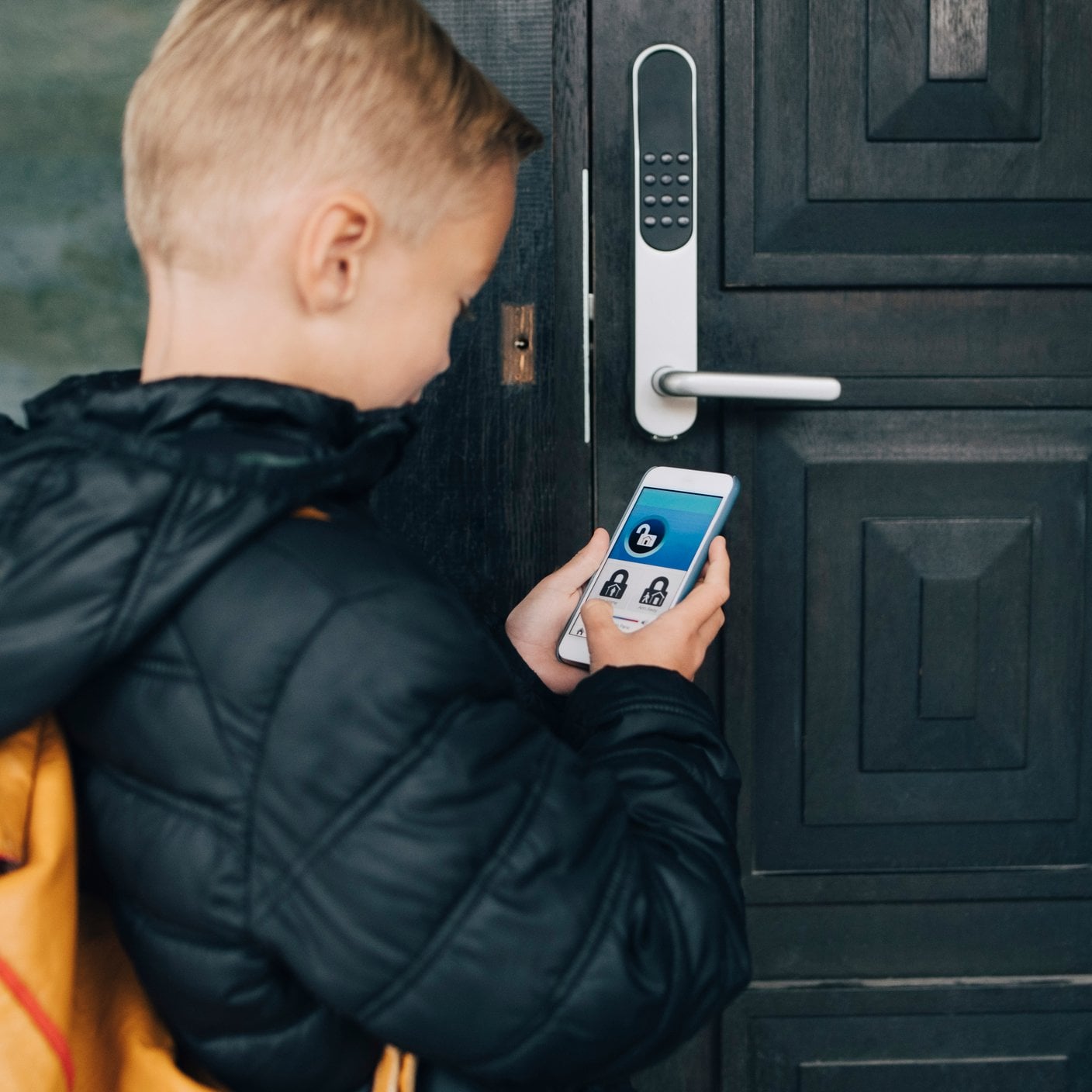The internet of things: Opportunities and risks
The Internet of Things (IoT) has become an integral part of our daily lives, with its rapid growth bringing new possibilities and conveniences. However, as IoT devices continue to proliferate, it is crucial to address the safety, security, and privacy risks that come with this expansion.
What is the IoT?
The IoT is a network of connected physical objects, estimated to reach a value of $1.5 trillion by 2030, with over 38 billion devices linked worldwide. These devices have the power to transform our lifestyles. Equipped with sensors and software, they gather, transmit, analyze, and act on information.
This enables the technology, media, and telecommunications sectors to innovate, whether it be through launching new businesses, creating additional revenue streams, or enhancing consumer experiences.
The benefits of the IoT
One of the key benefits of the IoT is the enhanced consumer experience it provides. From smart cities and manufacturing to shaping the future of farming and mobility, IoT is transforming many aspects of society, including more and more smart devices finding their way into our homes, with households averaging 22 connected devices in 2022.
Smart light switches, locks, security systems, and doorbell cameras simplify our daily lives and enhance our safety. For instance, smart home cameras can help us keep an eye on our properties while we're away and motion sensors can detect suspicious activity.
The risks of the IoT
Unfortunately, the expansion of the IoT also opens doors for potential threats. IoT devices in homes for example create vulnerabilities that hackers can exploit to infiltrate smart systems and target other devices on the same network. They often handle a wealth of personally identifiable information (PII), making breaches that could lead to identity theft a significant risk too.
There are many examples of IoT vulnerabilities in the media, including the Akuvox E11 system, a smart intercom system. Vulnerabilities in this device exposed users to spying. Issues such as weak encryption and insecure password recovery mechanisms were identified as part of the problem.
However, these potential threats can be mitigated by implementing effective security measures.
Tips for enhancing safety and privacy
To enhance safety and privacy while using IoT devices, Techopedia suggests a few user safety tips.
- Understand the functionality of the IoT device by reading the manual.
- Replace default passwords with unique and memorable ones to enhance security.
- Deactivate unnecessary functions to prevent excessive data collection.
While advanced encryption and alternative network setups are options, following these simple tips can go a long way in mitigating privacy issues and reducing potential risks for IoT users.
The balance between security and convenience
One of the key challenges with IoT devices is the balance between security and convenience. Consumers want easy-to-use, accessible devices that make their lives easier, but these devices also need to be secure and protect their personal information.
It is up to manufacturers to create products that achieve this balance. Many experts believe that current IoT security systems are inefficient and impractical. For the IoT to reach its full potential, manufacturers need to prioritize security in the design and development process and work to close security gaps.
The IoT's growing impact on various industries
The expansion of the IoT is not just a concern for personal use in homes. IoT is making its way into various industries and is rapidly growing at an enterprise level. IoT devices are used in healthcare, manufacturing, retail, transportation, and other sectors to improve efficiencies, increase productivity and reduce costs.
However, the widespread use of IoT in these industries also leads to security concerns.
For instance, the healthcare sector needs to ensure that patient data is meticulously secured. Leaked or breached medical records can lead to adverse outcomes for patients, socially and in terms of physical health.
Long-term sustainability through digital trust
As the IoT grows rapidly, safeguarding privacy and ensuring device security is a challenge. Standards form a foundation for organizations' digital trust strategies, guiding responsible behaviour and providing assurance. They contribute to the long-term sustainability of digital relationships. Examples include:
- Cyber Security for Consumer Internet of Things: Baseline Requirements (ETSI EN 303 645) – security-by-design guidance
- Industrial IoT Implementation and Maintenance (IEC 62443) – a detailed series on implementing and maintaining security and privacy
- Cybersecurity – IoT Security and Privacy – Guidelines (ISO/IEC 27400) – top-level guidance for manufacturers of IoT consumer products.
We play a role in building trust before IoT devices reach consumers' homes. Certification and the BSI Kitemark cultivate consumer confidence in the IoT from the moment of purchase.








